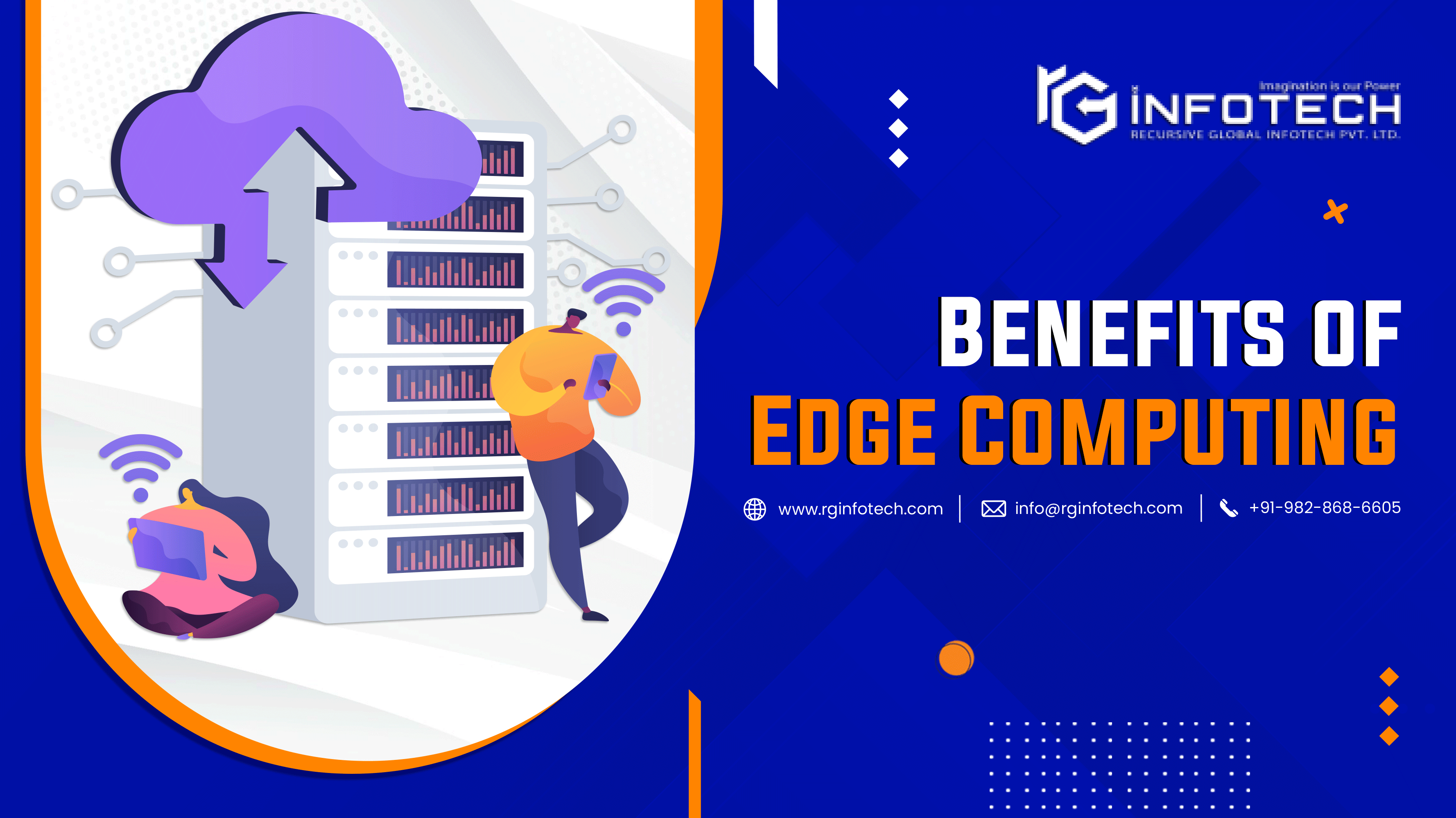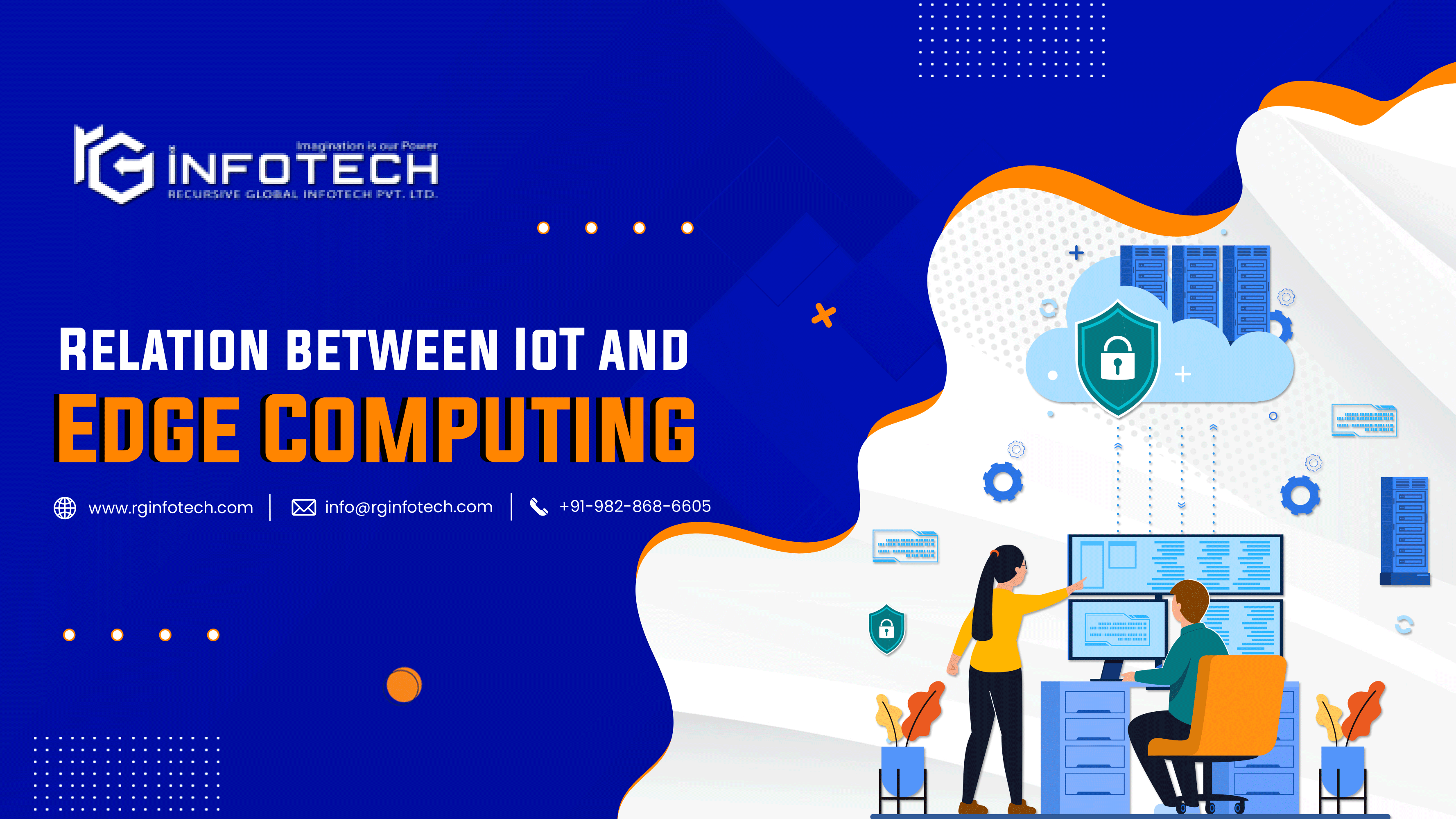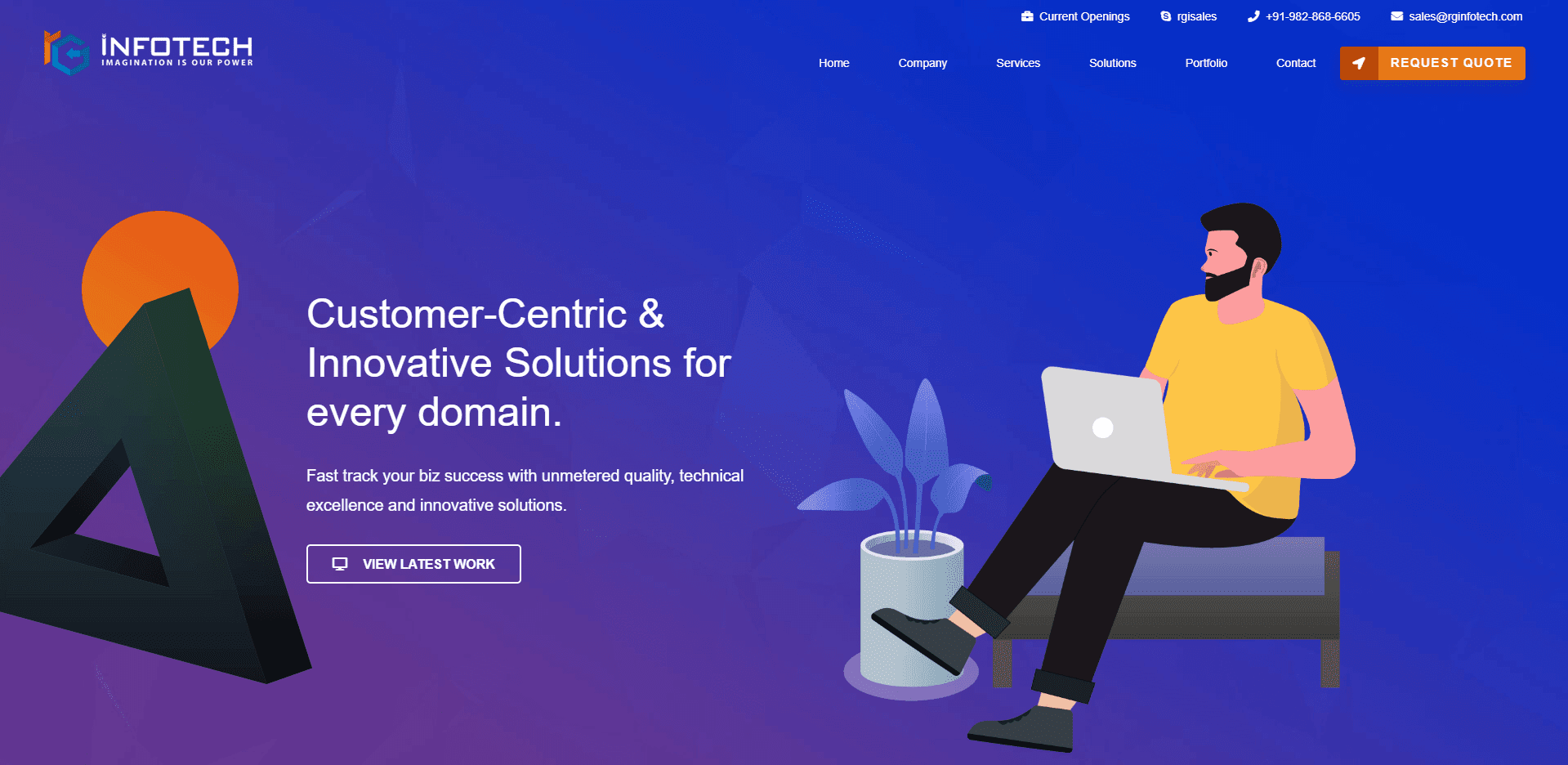IoT and Edge Computing: Relation, Role and Similarity
The Internet of Things (IoT) is a collection of networked smart devices that send and receive massive volumes of data to and from other devices, creating a mountain of data that needs to be processed and evaluated. Instead of sending IoT data back to a data center or cloud, edge computing, a technique for computing on site where data is received or used, allows IoT data to be captured and processed at the edge. IoT and edge computing work well together to quickly analyze data in real time.The IoT can move intelligence out to the edge thanks to edge computing. For example, if you have a large amount of data and need to use it, you must do so in surroundings with many sensors or a lot of data that are generated at the edge as a result of IoT as edge data sensing.
Additionally, when dealing with real-time information and the expanding volume of unstructured data, such as sensor and IoT data, traditional techniques fall short of the essential requirements. For management, power concerns, analytics, real-time needs, and other IoT situations, speed and high-speed data are essential elements. This enables edge computing to handle data.

Benefits of Edge Computing
A few of the many benefits that edge computing has are as follows:
Cost Saving
Edge computing reduces the need for bandwidth and server resources, as seen in the aforementioned case. Resources in the cloud and bandwidth are limited and expensive. As smart cameras, printers, thermostats, and even toasters become standard in every home and workplace, Statista projects that by 2025, there will be more than 75 billion IoT devices installed globally. It will be necessary to relocate a sizable portion of computing to the edge in order to support all those devices.
Performance
Reduced latency is a significant advantage of pushing processes to the edge. There is a delay every time a gadget has to communicate with a remote server. Using an IM platform, for instance, two employees in the same workplace can encounter a significant delay because each message must be routed outside the building, communicate with a server somewhere in the world, and then brought back before it can be seen by the recipient. That observable delay would not exist if that procedure was pushed to the limit and the company’s internal router was in charge of sending intra-office communications.
Similar to this, users of all types of web apps will experience delays when they come across operations that require communication with a remote server. The length of these delays will vary depending on the server’s location and available bandwidth, but they can be completely eliminated by moving more tasks to the network edge.
New Functionalities: Additionally, edge computing can offer brand-new features that weren’t previously possible. For instance, a business can process and analyze data at the edge using edge computing, enabling real-time processing and analysis. In summary, edge computing has the following main advantages:
- reduced latency
- Reduced bandwidth usage and related costs
- reduction of server resources and related costs
- Additional capabilities

Relation between IoT and Edge Computing
The Internet of Things (IoT) benefits from having to compute capacity close to the location of a physical device or data source. Before that analysis can be performed, IoT device data must be handled at the edge rather than traveling back to a central site in order to react swiftly or address concerns. Edge computing acts as a local source for the data processing and storage needs of IoT devices. The following are some advantages of combining IoT and edge:
- Less latency exists between IoT devices and the major IT networks.
- faster response times and increased operational effectiveness.
- network bandwidth improvement.
- systems that keep running even after a network connection is lost.
- Utilizing analytics algorithms and machine learning, local data processing, aggregation, and quick decision-making is possible.
An IoT gateway can transport data from the edge back to a cloud or centralized data center for processing, or it can deliver it to edge equipment for local processing.
Edge Computing for IoT
Users of analytics are much relieved by the increased processing power of everyday computing devices because it relieves load on data centers. Additionally, corporate procedures are frequently carried out on connected devices or in their own surroundings. With the help of edge computing, a robust computing environment may be created where end-to-end linked devices can independently run applications and Advanced Analytics services. In a word, the Edge devices gather the data and create an “Analytics environment” that enables enterprises to maximize company performance and efficiency by utilizing smart devices, gateways, and the Cloud.
When it comes to the Internet of Things, a significant amount of data traffic from the devices is directly controlled and processed in real time on the devices to support business operations as they take place. Data does not have enough time to travel to distant Data Centers or Cloud-based configurations in this circumstance. Data is sorted into two categories: “critical,” which stays on site, and “non-critical,” which is sent to a centralized data repository. The data is frequently collected, processed, and compiled by edge devices, which subsequently deliver the compiled data to central nodes. The Edge Gateway, often known as “fog,” is essentially a buffer zone between the network’s data storage hardware and the point where data processing takes place.
Key Takeaway…
Edge computing and IoT are something that is co-related and also a better option together. The ability to quickly analyze data without taxing cloud networks is the main advantage of this new analytics architecture. However, there are uses for edge computing that go beyond the IoT. Retail organizations can now consider providing their customers with hyper-personalized purchasing experiences thanks to edged shopping environments. Out of the many organizations that are working on the same RG Infotech is one of the major and most trustworthy organizations that works on the same, and can provide you with the best tech solutions that too at the cheapest rates than the market.



 rgisales
rgisales



